
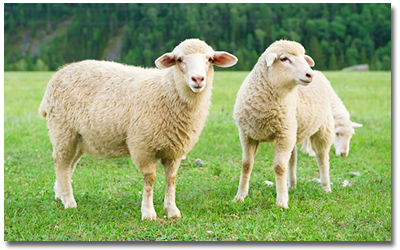
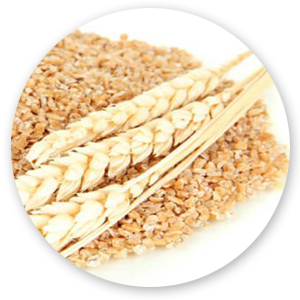
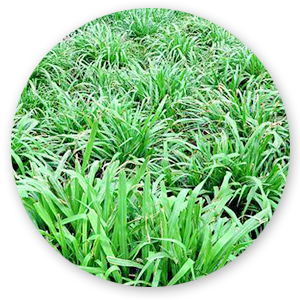
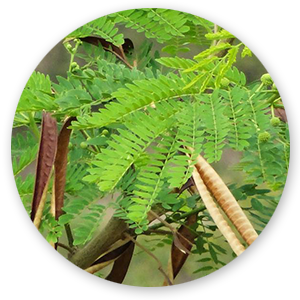
Subabul
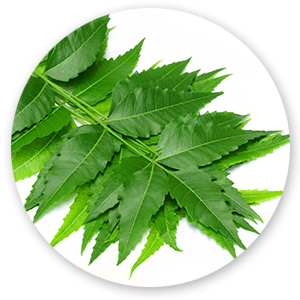
Neem
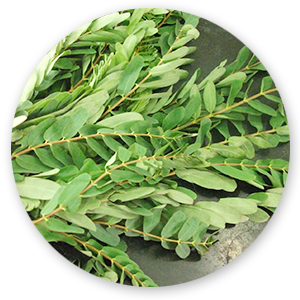
Agathi
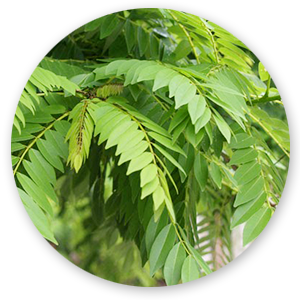
Glyricidia
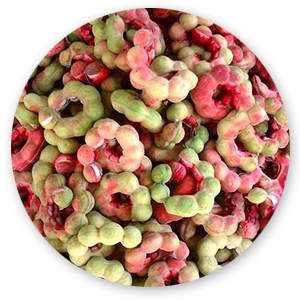
Kodukapuli
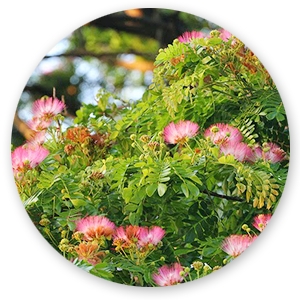
Vagai

Arasu
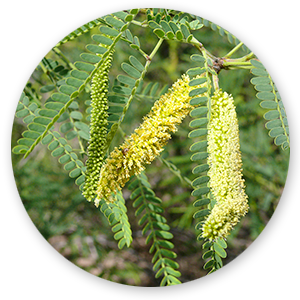
Karuvel
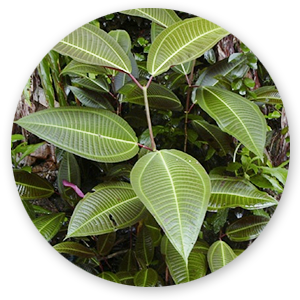
Velvel
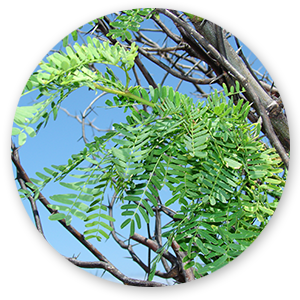
Seemai Karuvel
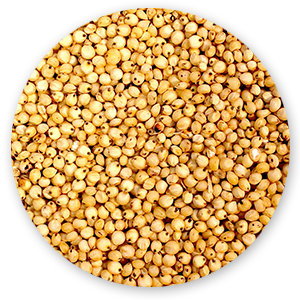
Sorghum
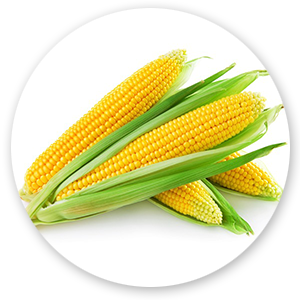
Maize
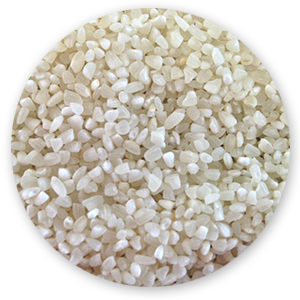
Broken rice
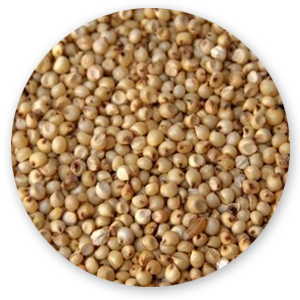
Jowar
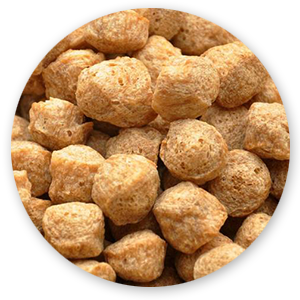
Soya bean cake
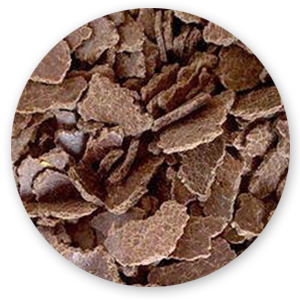
Groundnut cake
| Age of lambs | Ewe’s milk or cow milk (ml) | Creep feed (grams) | Forage, green/day (gm) |
|---|---|---|---|
| 1-3 days | Colostrum-300 ml, 3 feedings | ||
| 4-14days | 350 ml, 3 feedings | ||
| 15-30 days | 350 ml, 3 feedings | A little | A little |
| 31-60 days | 400 ml, 2 feedings | 100-150 | Free choice |
| 61-90 days | 200 ml, 2 feedings | 200-250 | Free choice |
| Body weight(kg) | When legume fodder is available(g) | When legume fodder is not available(g) |
|---|---|---|
| Upto 12 | 25-50 | 200-300 |
| 12-15 | 50 | 300 |
| 15-25 | 100 | 400 |
| 25-35 | 150 | 600 |
| Age of kids | Dam’smilk or cow milk (ml) | Creep feed (grams) | Forage, green/day (gm) |
|---|---|---|---|
| 1-3 days | Colostrum-300 ml, 3 feedings/td> | ||
| 4-14days | 350 ml, 3 feedings | ||
| 15-30 days | 350 ml, 3 feedings | A little | A little |
| 31-60 days | 400 ml, 2 feedings | 100-150 | Free choice |
| 61-90 days | 200 ml, 2 feedings | 200-250 | Free choice |
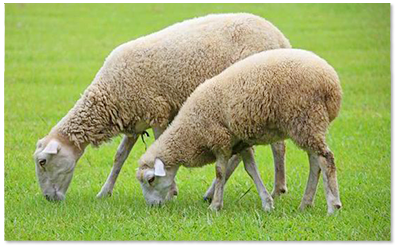
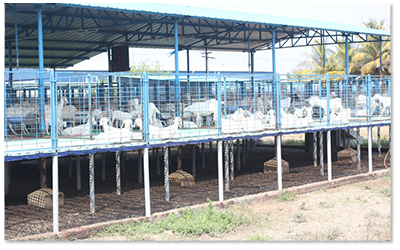
The elevated sheds will be clean and urine and dung will be collected in the floor and periodical removing required once in six months.